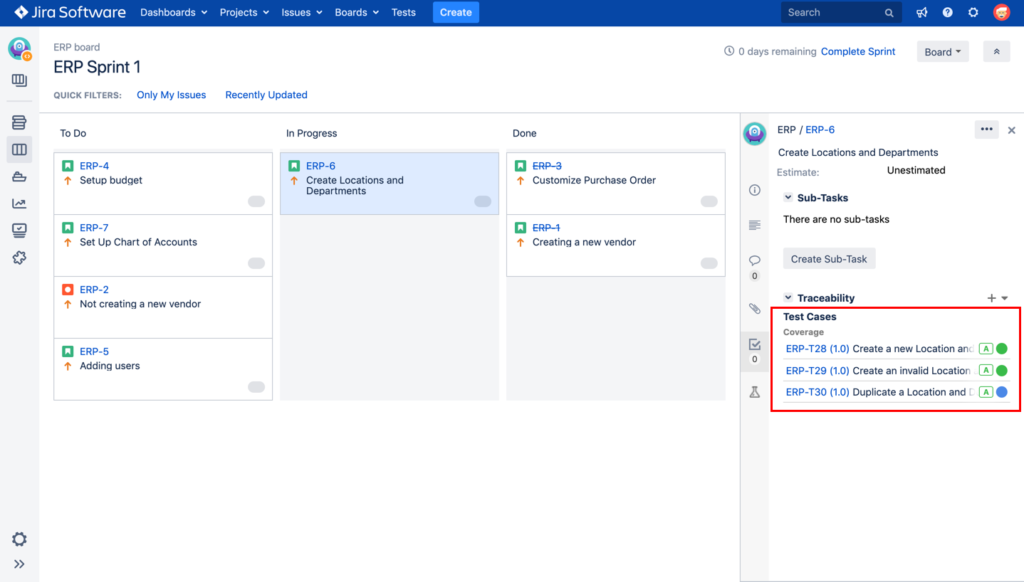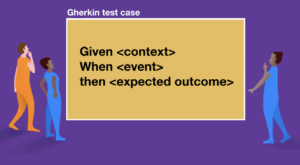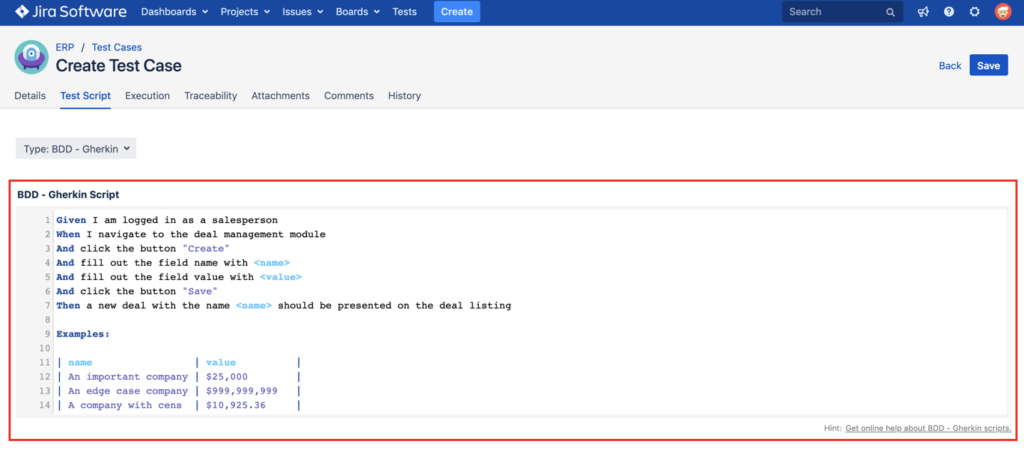Join our May Test & Quality webinar series with our 3 testing experts, on 3 hot topics
Quality for DevOps teams with Rik Marselis
‘Deliver business value with the right quality at speed’. That’s what organizations ask of their IT teams. To achieve this, cross-functional IT teams need to work closely together. The DevOps culture is the enabler for this way of high-performance IT delivery, using an automated CI/CD pipeline to deliver at speed. But how do you deliver value with the right quality using DevOps?
Rik shares approaches, practical examples and concise explanations, to enable teams to implement quality engineering practices.
What You’ll Learn
- Deliver business value with the right quality at speed
- Incorporate quality engineering in the cross-functional teams
- Automate everything – as long as it is useful
Agile Testing with Leanne Howard
COVID-19 has made us all look at the world in a different way, and many of us have been forced to change. We have all heard about websites crashing; the rise in hacking; apps not being accessible to everyone, and the strains on IT services. This all points to getting the cost of quality model right, and a higher focus on our customers’ needs.
Leanne will share experiments that you can try to accelerate your testing whilst still maintaining high quality and customer focus.
What You’ll Learn
- Some simple experiments to try
- Accelerating testing whilst maintaining quality
- How to focus on what the customer needs, now and into the future
Quality and AI-based Systems with Adam Leon Smith
Looking to improve the quality of AI-based systems?
AI is a complex topic and is the biggest technical renaissance to impact testing for at least two decades. Adam will talk about intrinsic quality issues with AI, challenges in testing AI-based systems, and new techniques and methods.
He will also cover emerging AI-enhanced testing tools that are yet to get much coverage.
What You’ll Learn
- Key quality issues with AI
- Testing challenges with AI
- New ways of testing AI
- New tools that you won’t have heard of
The Test & Quality Webinar Series is the latest series of online talks brought to you by EuroSTAR Conferences. For 2020, we will be taking the entire EuroSTAR Software Testing & Quality Conference online. See more details about the incredible talks you can attend.



